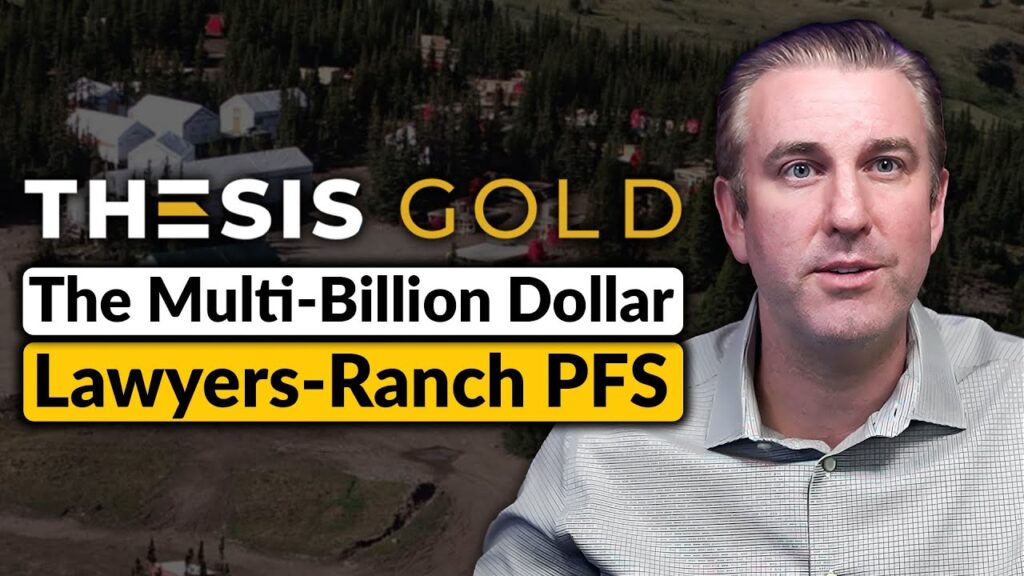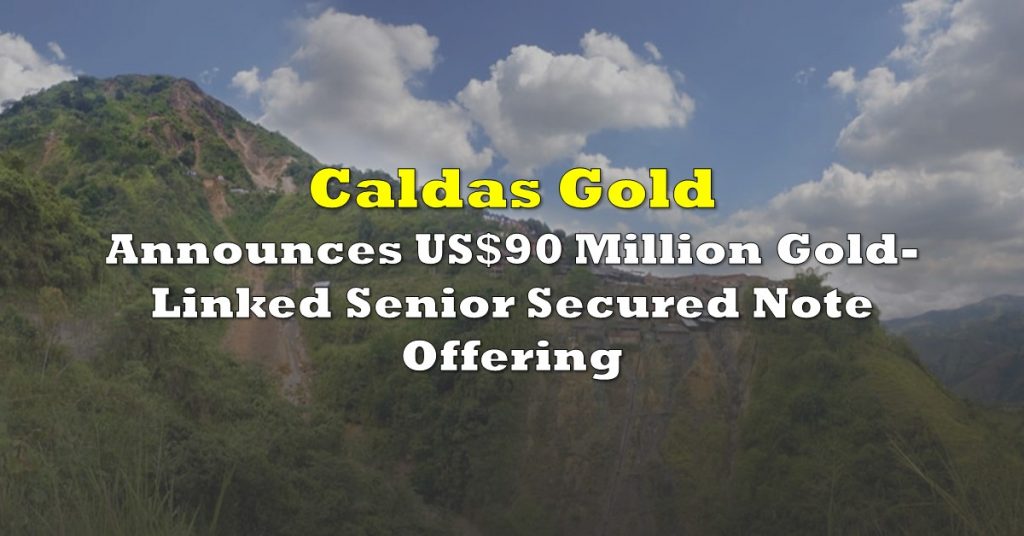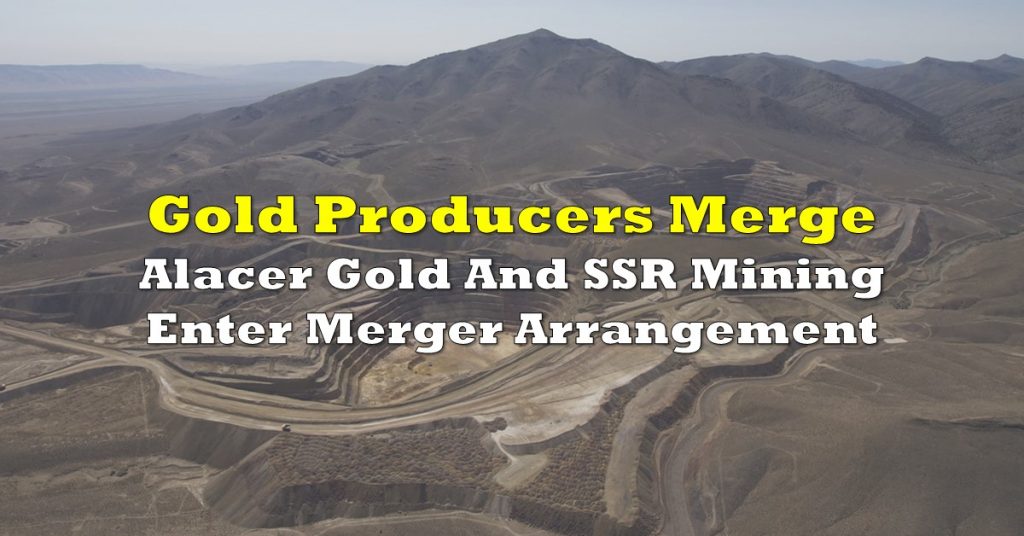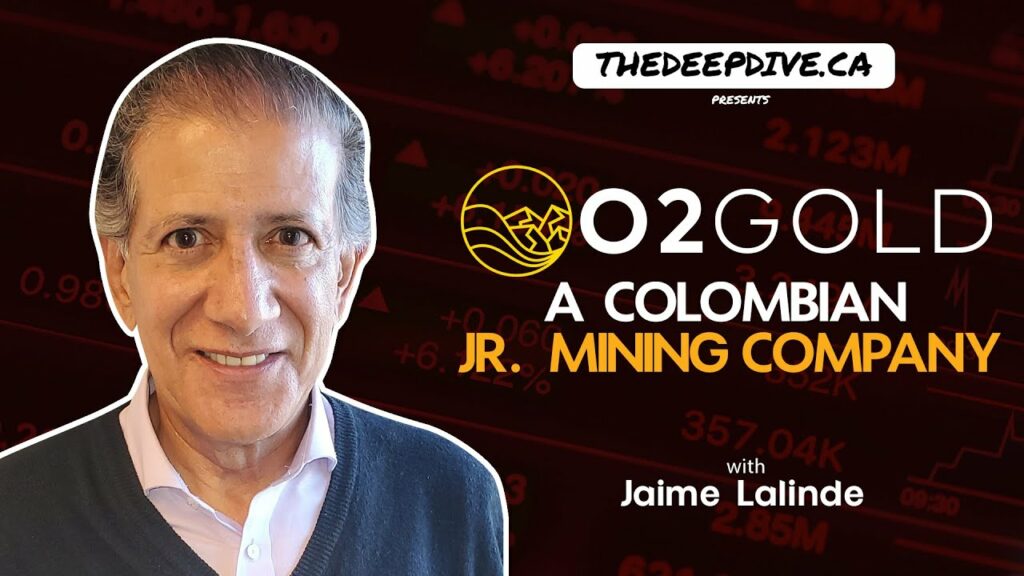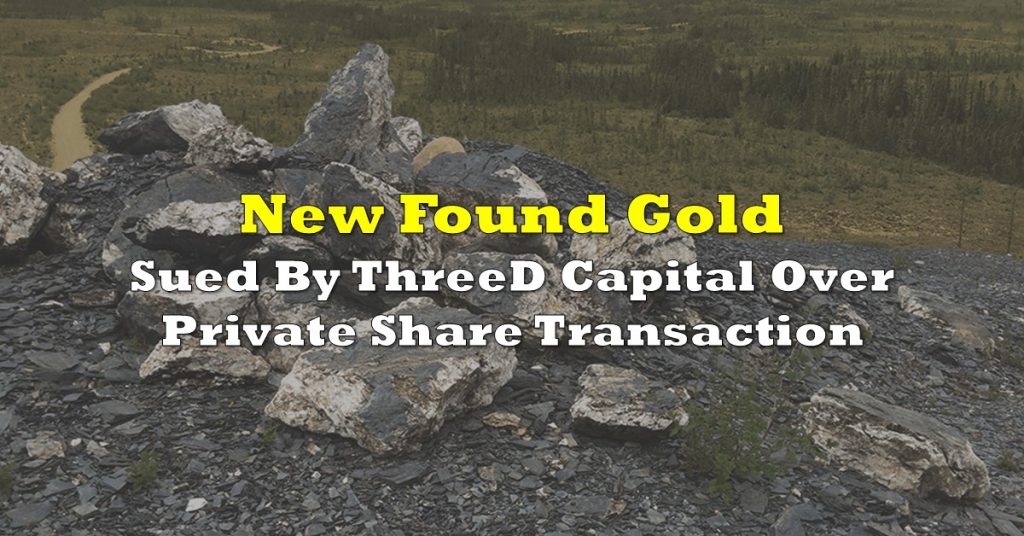“Gold, in its radiant splendor, has perpetually epitomized lasting wealth. A thought-provoking query surfaces: Why drain colossal resources to unearth gold, process it, and then sequester it in vaults globally, especially when its primary function is to buttress digital currency?”
This is what welcomes anyone who visits the Great Eagle Gold (CSE: GEGC) website as it invites everyone to “embark on an exploration into the realm of digital green gold.” As it explains it, the company describes the concept to encapsulate “both our planet’s conservation and the stabilization of the global financial framework.”
In a nutshell, the company claims that it found an “avant-garde approach… to counteract the environmental and societal implications of orthodox gold mining… a way to appraise and certify gold deposits with an ecological conscience.”
How does it work?
While the certification process for digital green gold mirrors that of traditional gold, the key distinction lies in the fate of the gold itself—whether it is harvested or conserved in its natural habitat.
Gold mineralization is categorized into two main groups:
- Certified Resources: These validate the existence of gold and are further divided into Inferred, Indicated, or Measured Resources, each representing varying degrees of certainty regarding the presence of gold, with ‘Measured’ being the most definitive.
- Certified Reserves: These determine the economic viability of gold extraction and are classified as Probable or Proven reserves, considering a range of factors.
However, in the realm of digital green gold monetization, the company claims the categorization into reserves becomes redundant since “production is an obsolete concept.” Instead, the focus shifts to the mere existence of certified gold resources, with production feasibility playing a minimal role.
In a nut shell, Great Eagle Gold intends to “digitally” mine the gold, rather than use traditional physical extraction.
The Digital Green Gold Project, as the company has identified, has swap ratios for different categories of gold resources: measured resources are tokenized at a 1-to-1 ratio, with each gram corresponding directly to one digital green gold token; indicated resources undergo tokenization at a 60% markdown, converting each gram into 0.40 digital green gold tokens; and inferred resources receive an 80% discount, resulting in 0.20 digital green gold tokens per gram.
Green gold?
The concept of digital green gold may seem like a promising venture. As the allure of environmentally conscious investments grows, so does the risk of exploitation by unscrupulous actors seeking to capitalize on this trend.
However, closer examination reveals gaps in the company’s business model. Critics point to several red flags that raise doubts about the legitimacy of Great Eagle Gold’s claims.
Today's hot #GOLD stock tip: Green Digital Gold! Most obvious scam I have seen, well at least since $DJT https://t.co/kBqfaMqr7g
— Brent Cook (@BrentCookgeo) April 7, 2024
Firstly, the tokenization ratios proposed by the company seem arbitrary and disconnected from industry standards. While Great Eagle Gold asserts that these ratios are aligned with geological and financial principles, skeptics argue that they lack transparency and fail to provide adequate justification for the valuation of digital green gold tokens.
Furthermore, the absence of a clear plan for gold extraction or production raises questions about the feasibility of the project. Unlike traditional mining ventures, which rely on proven reserves and extraction methodologies, Great Eagle Gold’s approach appears to prioritize tokenization over tangible outcomes, leaving investors in the dark about how their investments will generate returns.
The company roots its model to Seabridge Gold Inc. (NYSE: SA) which it touted as “a testament to innovative foresight in the realm of certified gold deposits.” Since its establishment in 1999, Seabridge Gold is said to have been at the forefront of championing the green gold paradigm, enticing investors to participate in the preservation of subterranean gold reservoirs while also speculating on potential acquisitions by gold conglomerates.
“Although its inception was greeted with skepticism, the market’s tides have since turned, vindicating its approach. A telling testament to Seabridge Gold’s vision is its shares, which have achieved a valuation in the billions, all the while without yielding a single ounce of gold—a clear indication of the market’s thirst for green gold,” the company said.
The movement goes beyond the company as Great Eagle Gold is a key sponsor of the International Green Gold Council (IGGC), committing an annual sponsorship fee and a 2.5% Net Token Royalty (NTR). This royalty, calculated on any digital tokens received by the firm for future certified green gold mineral titles, is given back to the IGGC in token form.
The International Green Gold Council, based in Geneva, is a commercial foundation that forms strategic partnerships with stakeholders in the green gold industry. Its main goal is to advocate for global legislation on digital green gold.
Company history
The company was formed after Miza II Resources acquired its Colombian subsidiary, Great Eagle Gold SAS, in May 2023 supposedly for US$217,600. Prior to the acquisition, the firm used to focus on the Le Mare copper-gold property located in northwest Vancouver Island. However, the firms amended the terms in which the acquiring firm would assume the Colombian company’s debts, “and as a result no securities will be issued or any cash paid for the acquisition.”
Following the resignation of its previous CEO Azim Dhalla and the appointment of Carlos Andres Hernandez Nuez as its then-president, the company changed its name to Great Eagle Gold in July 2023.
As Great Eagle Gold, it announced a joint venture with Colombian miner Hacienda Rio Rayo in August 2023 “to explore and potentially develop a 1,947-hectare property nestled in the dynamic municipality of Taraza, located in the Bajo Cauca region of Antioquia, Colombia.” The Bajo Cauca region is said to be the cornerstone of Colombia’s gold production, having contributed over 70% of the national output.
Alongside, the company also announced a $1-million non-brokered private placement, issuing 4 million units at $0.25 per unit. Two months after, Chris Hansen was then appointed as CEO to replace Dhalla.
In January 2024, the firm announced another non-brokered private placement of 5 million units at $0.30 per unit to raise $1.5 million, proceeds of which are said to be earmarked for “ongoing working capital requirements and mineral exploration expenses.” The company updated that only 1,803,105 units were subscribed, raising gross proceeds of $540,932.
Concurrently, Hansen also stepped down to focus as chairman of the board while current CEO Andrew Fletcher is appointed as the company president to replace Hernandez.
Hansen is touted to have held board memberships and senior managerial stints in US and Colombian corporations, including Deputy Director at the Inter-American Institute for Cooperation on Agriculture (IICA) to the CFO and Director positions at Sea Farms International. Fletcher, on the other hand, co-founded Niwali, an integrated online health and beauty company; established Ad Bullion, a traffic and affiliate network; and co-founded Mi Aguila, a technology-driven corporate transport company. The company said that Fltecher’s visit to artisanal gold mines in Choco, Colombia, in 2019 “inspired him to lead in setting social and environmental standards in the gold industry.”
Just this year, the company has had three CFOs: Martin Bajic stepped in to the role in January 2024 after former CFO Nizar Bharmal resigned. This April 2024, Gary Harbottle, a former CFO at Seabridge, replaced Bajic to be the company’s current CFO.
A company board member, Kate Fehlenberg, who was just announced to have joined the company in February 2024, has also resigned this month “as she joins the International NatGold Council.”
Also within the first three months of this year, the company has granted two waves of incentive stock options to certain directors, officers, and consultants: 2,175,000 options (exercisable at $0.42 per share for a period of 5 years) in January and 650,000 options (exercisable at $0.51 per share for a period of 5 years) in March.
Great Eagle Gold last traded at $0.45 on the CSE.
Information for this briefing was found via Sedar and the companies mentioned. The author has no securities or affiliations related to this organization. Not a recommendation to buy or sell. Always do additional research and consult a professional before purchasing a security. The author holds no licenses.



